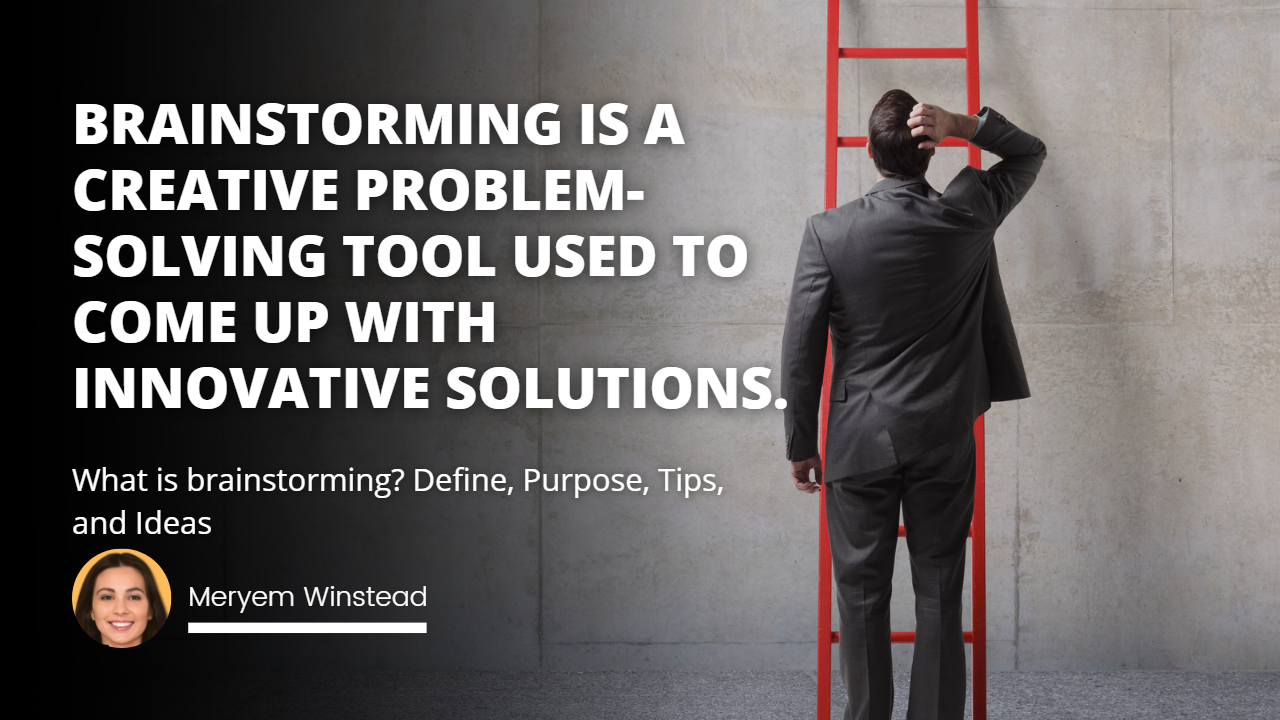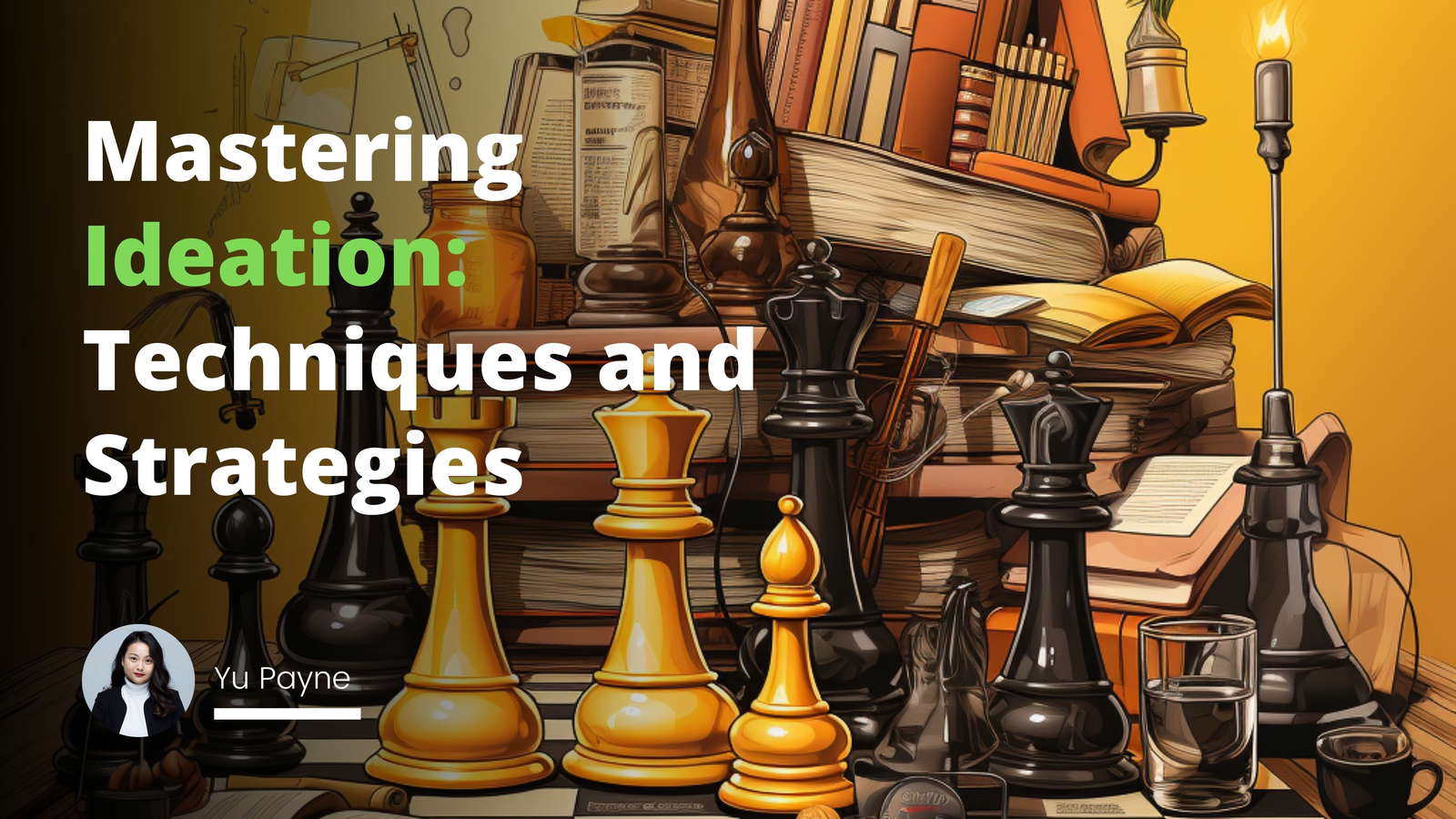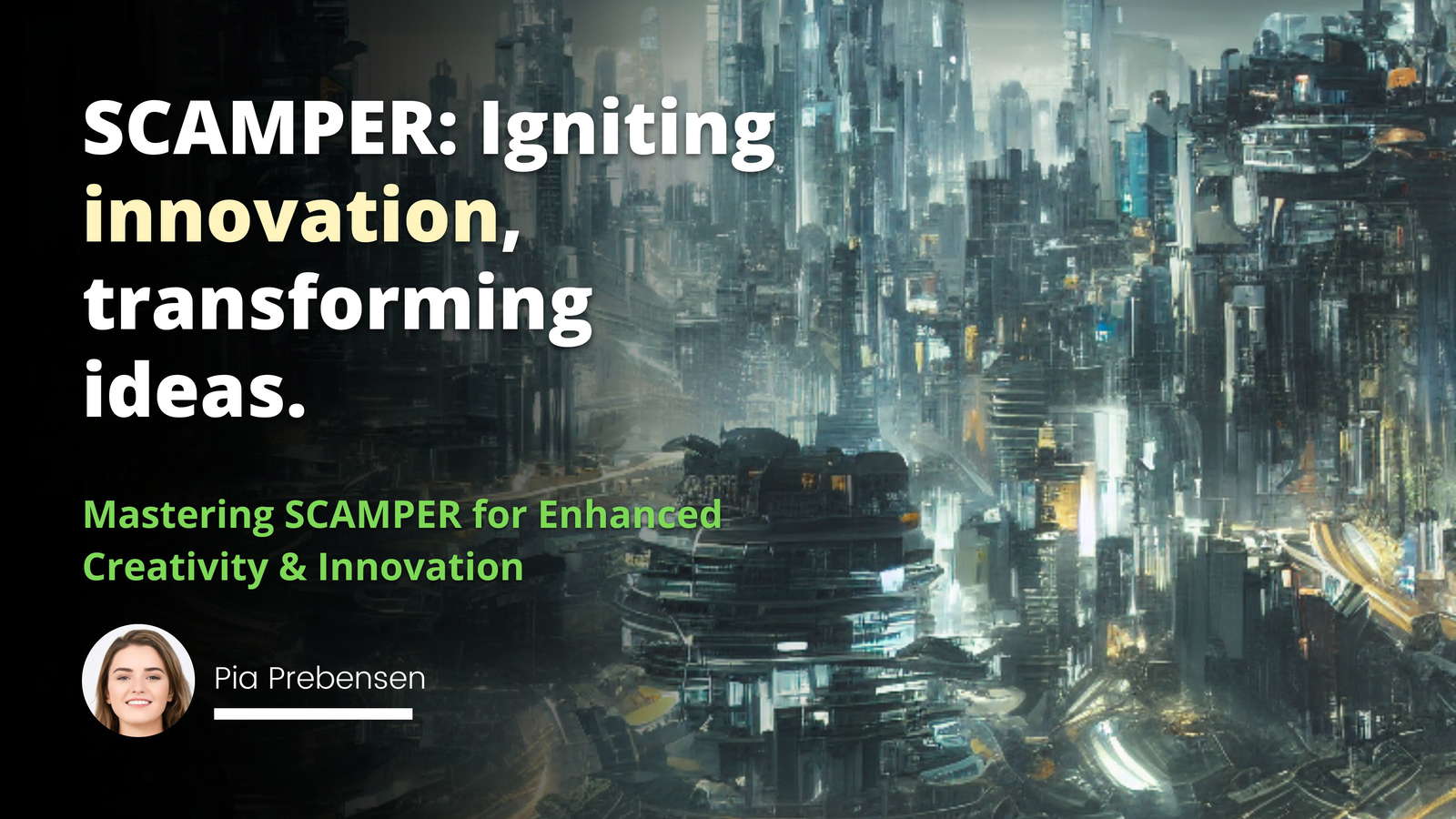
Traditional brainstorms promise lightning in a bottle—but often deliver repetition and safe bets. If you’re searching for brainstorming alternatives that actually surface original thinking, this guide is for you. Below, we unpack three science-aligned methods that sidestep groupthink and protect individual insight: daydreaming (mind-wandering), BrainSprinting, and the SCAMPER checklist. You’ll learn when to use each, how to run them in the real world, and how to combine them for compounding gains.
Expect practical steps, tight timing, and low-friction rituals you can start this week—solo or with a team. Along the way, we’ll show you how to choose the right tool for the problem and how to measure progress without overcomplicating it.
Quick definition: Brainstorming alternatives are structured or unstructured ideation techniques that avoid groupthink and evaluation apprehension to generate more diverse, higher-quality ideas.
Better ideas emerge when you separate idea generation from group evaluation. Use daydreaming to spark novel connections, BrainSprinting to collect individual input at speed, and SCAMPER to transform what already exists.
5-point summary:
Group brainstorming often suppresses originality.
Daydreaming engages the default mode network to connect distant dots.
BrainSprinting runs short, silent, individual sprints—then shares later.
SCAMPER uses seven prompts to remix and upgrade existing ideas.
All three put individual thinking first, collaboration second.
5-step solution:
Identify the target product/service/problem.
Take a brief, intentional daydreaming break.
Run a 10–15 minute silent BrainSprint per person.
Incubate (no discussion) for ~24 hours, then cluster and review.
Apply SCAMPER to the top candidates and select next steps.
The Brainstorming Hangover: Why Your Big Idea Meeting Keeps Failing
Open-floor brainstorms feel energetic; they’re also infamous for mediocre outcomes. Three forces drive this: groupthink (pressure to conform), production blocking (you lose or censor ideas while waiting to speak), and evaluation apprehension (fear of judgment). When ideas must fight for airtime, novelty loses to consensus. The fix isn’t more talk—it’s better structure: protect solo ideation first, delay evaluation, and only then convene the group to refine. In practice, that sequence reduces status dynamics, surfaces quieter voices, and gives unconventional ideas time to form before they’re judged.
What this looks like in a meeting:
Start with a crisp “How might we…?” prompt on a visible slide.
Give everyone 12 minutes to write ideas silently.
Collect ideas anonymously (cards or a form).
Pause the room: no discussion yet.
Return the next day to cluster and evaluate.
Common pitfalls—and easy fixes:
Vague prompts → tighten to one problem statement.
Endless discussion → set a timer and a parking lot for tangents.
Dominant voices → collect ideas anonymously first, discuss second.
Mini summary: Live brainstorms reward loudness and speed, not originality.
Control check: Before your next meeting, can you separate idea generation (solo) from evaluation (group) on the agenda?
The Case for Creative Idleness: Harnessing Daydreaming & Mind-Wandering
Mind-wandering isn’t laziness; it’s a strategic reset that can enhance creative problem-solving. When you step away from focused work—walk without headphones, stare out a window, doodle—you activate the brain’s default mode network, which excels at connecting distant concepts. Studies show that taking brief, intentional daydream breaks before an ideation task can significantly increase the number and quality of ideas generated. Crucially, the break should be short and device-free so you drift just enough to unstick your thinking, then return while the ideas are still warm.
Related course: Problem Solving Course
How to do it (step-by-step)
Prime the problem: write a one-sentence prompt on paper.
Take a 7–12 minute walk with no audio. Let your attention gently roam.
Use a simple “nudge”: look at unrelated images, sketch a shape, or reorganize a shelf.
Capture sparks immediately—carry a pocket notebook, index cards, or a notes app.
Re-engage within 15 minutes: run a quick micro-sprint to harvest ideas.
Pro tips
Pair daydreaming with routine triggers (morning coffee, post-lunch stroll).
Keep friction low: pen + pocket cards beat fancy apps.
If your mind fixates, switch environments (balcony, stairwell, lobby) and try again.
Add a “cool capture” rule: write anything that feels interesting, even half-formed.
Micro-scenario: You’re stuck naming a new feature. You write the brief, take a 10-minute, audio-free loop around the block, then return to jot 20 names in 5 minutes. Three promising directions appear that never surfaced in the room.
Mini summary: Daydreaming primes the mind for insight by loosening attention just enough to connect the unexpected.
Control check: Did you schedule at least three audio-free micro-walks this week?
BrainSprinting: The Agile Method for Generating Ideas Without the Chaos
Think “alone together.” BrainSprinting replaces chaotic roundtables with short, silent, individual sprints—then a cooling-off incubation period—before any discussion. It eliminates interruptions, reduces social bias, and surfaces a wider, deeper pool of raw ideas. This process is a cornerstone of effective team collaboration because when you finally regroup, you’re comparing developed thoughts, not competing for airtime. Teams that adopt this rhythm often report faster convergence on high-potential concepts and clearer ownership of next steps.
How to Run Your First BrainSprinting Session
Define the problem. Pin it to a single sentence and a “How might we…?” prompt. Add scope (constraints, audience) so ideas stay relevant.
Timebox the sprint. 10–15 minutes, alone and silent. Write as many ideas as possible—no editing. Encourage quantity: aim for 20–30 rough ideas per person.
Incubate. Enforce 24 hours of no discussion. Let ideas mature. People can add ideas privately during this window but can’t debate.
Share & cluster. Reconvene to post ideas anonymously (digital board or printed cards), then cluster by theme: “workflow,” “pricing,” “onboarding,” etc.
Evaluate later. Only after clustering, score on impact/effort, vote, and assign owners, deadlines, and first experiments.
Format options
Remote: use a shared doc or board; turn cameras off during sprints.
Hybrid: silent seats in the room + remote sprint in parallel.
Asynchronous: set a 24-hour window; each person submits a sprint and a self-recorded loom or paragraph.
Facilitation checklist
Timer ready; prompt visible; rules posted (silence, no judging).
Anonymous capture set up (form or QR).
Incubation date on the calendar.
Evaluation rubric prepared (impact, user value, effort, risk).
Pitfalls & fixes
Early debate creeps in → restate the rule and defer to incubation.
Thin idea volume → run a second 8-minute sprint with a twist (“only service ideas,” “only zero-cost ideas”).
Same voices dominate clustering → rotate who reads cards; sort silently first.
Mini summary: BrainSprinting protects deep, independent thought and yields more—and better—starting material.
Control check: Is your agenda explicit about silence during sprints and a no-discussion rule during incubation?
SCAMPER: Your 7-Point Checklist for Effortless Innovation
When you’re iterating on something that exists, SCAMPER is your cheat code. It’s a set of seven prompts that systematically challenge assumptions and spark variations:
S — Substitute: What materials, roles, or rules can be swapped? e.g., bamboo instead of plastic.
C — Combine: What can you merge? e.g., phone + camera + computer → smartphone.
A — Adapt: What else does this resemble, and what can we borrow?
M — Modify (Magnify/Minify): What to super-size or strip down?
P — Put to another use: Where else would this work? New market/use case?
E — Eliminate: What can we remove to simplify or reduce cost?
R — Reverse/Rearrange: What happens if we flip the sequence or orientation?
Fast start (5 steps)
Identify the product/service to improve.
Substitute & Combine to explore material/feature swaps and mergers.
Adapt & Modify to repurpose and scale features up/down.
Put to another use to find new contexts or audiences.
Eliminate & Reverse to simplify and rethink flow.
Working example
Product: Reusable water bottle.
Substitute: Swap plastic caps for recycled aluminum.
Combine: Bundle with a hydration-tracking app.
Adapt: Borrow a camera-lens twist lock for leak-proof sealing.
Modify: Offer a 150%-size bottle for hikers and a slim 50% version for commuters.
Put to another use: Pitch as a cold-brew brewer with a mesh insert.
Eliminate: Remove outer paint; use etched markings to reduce wear.
Reverse: Sell lids and sleeves first; bottle as a modular add-on.
Pitfalls & fixes
Ideas stay abstract → add quick sketches or 3-line mock product blurbs.
Too many directions → pre-select one “north-star goal” (lower cost, faster onboarding, greener materials).
Premature judgment → timebox 5 minutes per letter before any evaluation.
Mini summary: SCAMPER turns stuck moments into structured prompts that unlock variations fast.
Control check: Did you write at least one idea for each SCAMPER letter before judging any of them?
Choosing Your Method: From Mind-Wandering to Methodical Sprints
Pick the right tool for the job:
Choose Daydreaming when you need novel angles on ambiguous problems or tension-knots in strategy.
Choose BrainSprinting for team projects where equality of input and speed matter—especially when stakeholders span functions.
Choose SCAMPER to evolve an existing product or process without starting from scratch.
Simple scorecard (use before scheduling a meeting)
Problem clarity: fuzzy → Daydreaming; defined → BrainSprinting/SCAMPER.
Artifact maturity: concept stage → Daydreaming; v1/v2 live → SCAMPER.
Team size: 3–10 → BrainSprinting; solo/duo → Daydreaming or SCAMPER.
Time pressure: need ideas today → BrainSprinting; iterative refinement → SCAMPER.
Whichever you use, the throughline is simple: Individual thinking first, group evaluation second. For broader frameworks and rituals, see how this approach can enhance creative problem-solving. And if you’re building team norms around these practices, you’ll find it accelerates effective team collaboration across sprints and reviews.
Mini summary: Match the technique to the challenge, and guard solo thinking before you collaborate.
Control check: Can you state which method you’ll use for your next project and why—before scheduling a meeting?
Choose one method and ship it this week. Try a 10-minute daydream, a 15-minute BrainSprint, and a SCAMPER pass on your top idea. Then share your best BrainSprinting tip in the comments
Beyond the Brainstorm
Separate ideation from evaluation. Solo first; group later.
Use daydreaming deliberately. Short, audio-free breaks spark novel links.
Run BrainSprinting. Timed, silent sprints + incubation beat chaotic brainstorms.
Apply SCAMPER. Seven prompts to remix and improve what already exists.
Pick the right tool. Daydreaming for ambiguity, BrainSprinting for teams, SCAMPER for iteration.
Frequently Asked Questions
Is daydreaming just procrastination?
No. Used intentionally and briefly, it primes the brain’s default mode network and boosts associative thinking. Pair a short, device-free break with immediate capture to turn wandering into output.
How long should a BrainSprint be?
Keep it short: 10–15 minutes of silent ideation per sprint works well; run multiple sprints if needed. If energy dips, try a 6-minute “constraint sprint” (only free ideas, only absurd ideas, only service ideas).
Can SCAMPER work for services and workflows, not just products?
Absolutely. Each prompt applies to steps, roles, channels, and policies—not only physical features. For a support workflow, for example, “Eliminate” might remove a redundant approval step; “Reverse” could change the sequence to collect context before routing.
How do we avoid groupthink in remote teams?
Collect ideas asynchronously, anonymize initial submissions, and discuss only after incubation. Rotate facilitators, and set clear rules for cameras/mics during sprints to minimize social cues.
What tools do I need?
A timer, a shared doc/board, and a simple voting method (dots, 1–5 scoring). Optional: templates for prompts, a parking-lot column for off-topic insights, and a lightweight experiment brief.
How should we measure success?
Track volume and diversity of ideas, conversion from idea → experiment, and time-to-decision. Start by establishing your own baseline, then track improvements from there. Review monthly, keep what works, and sunset rituals that don’t move the needle.


